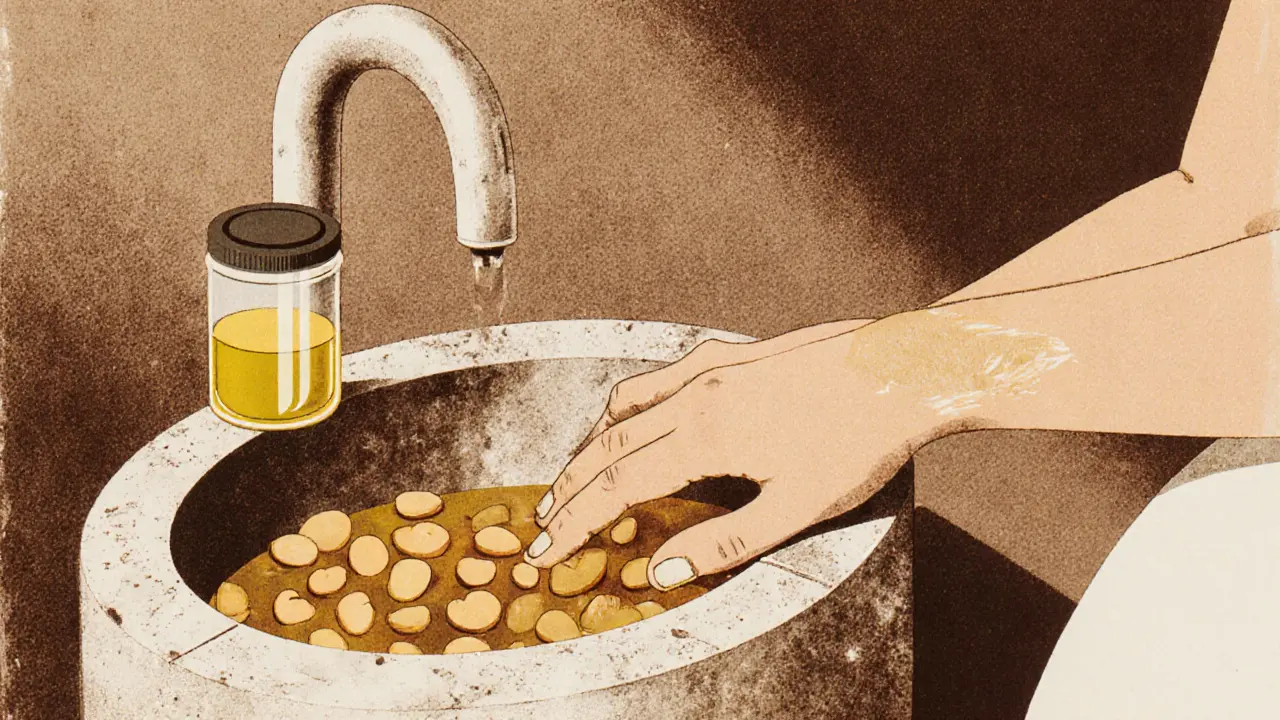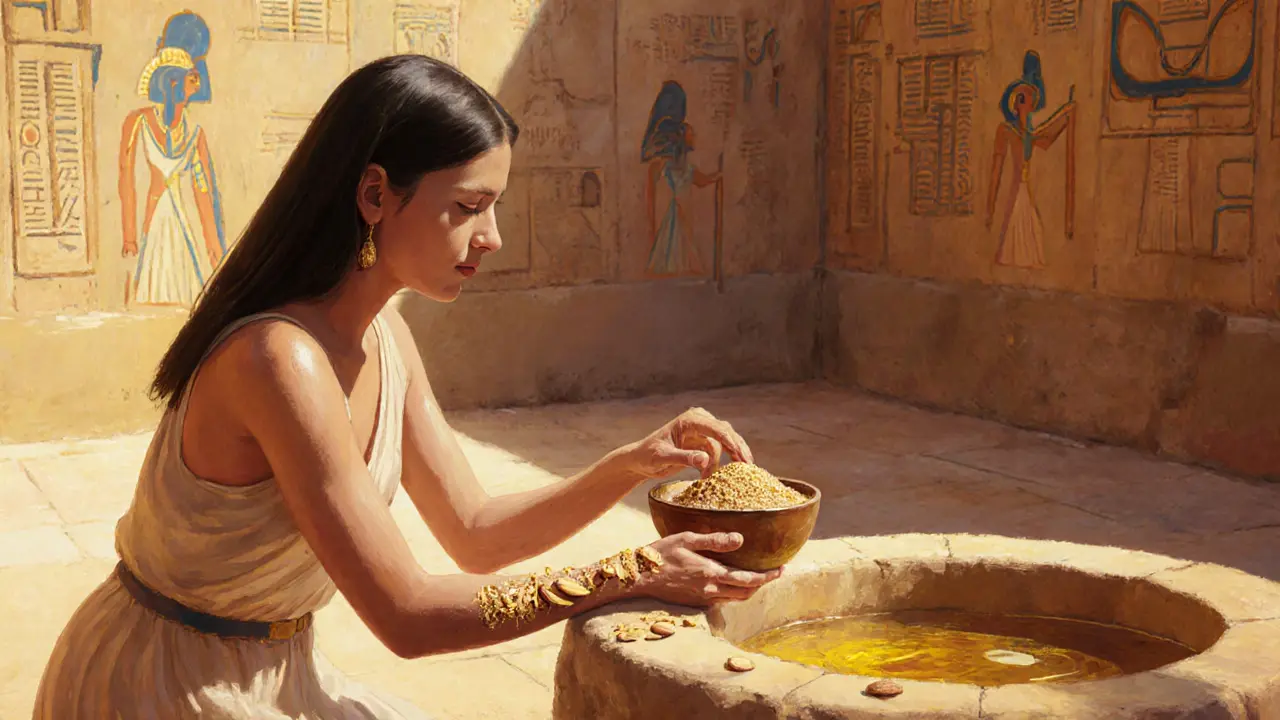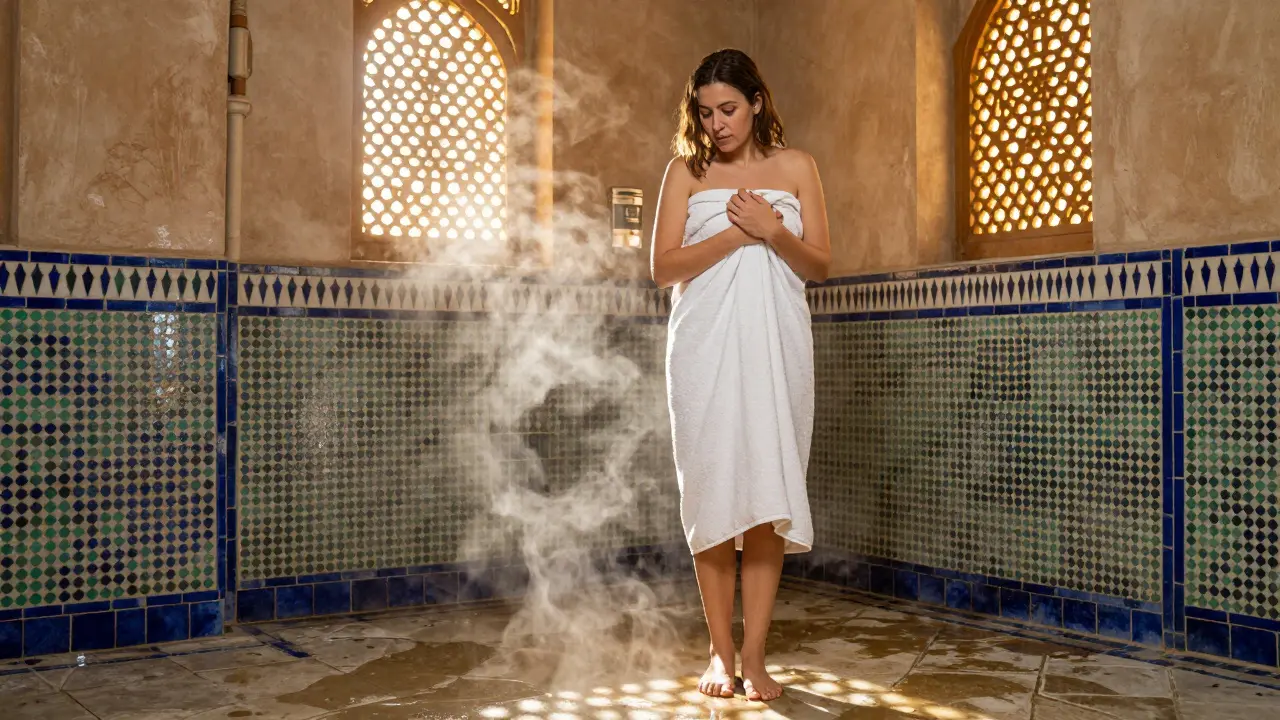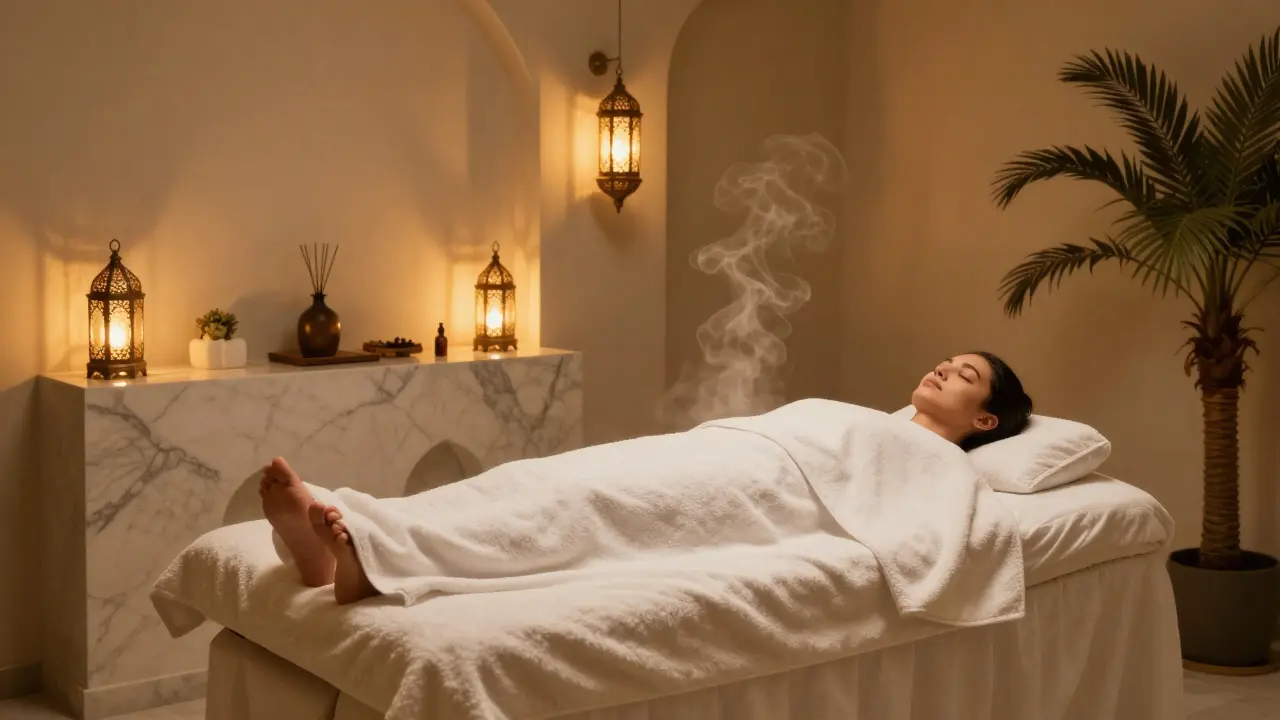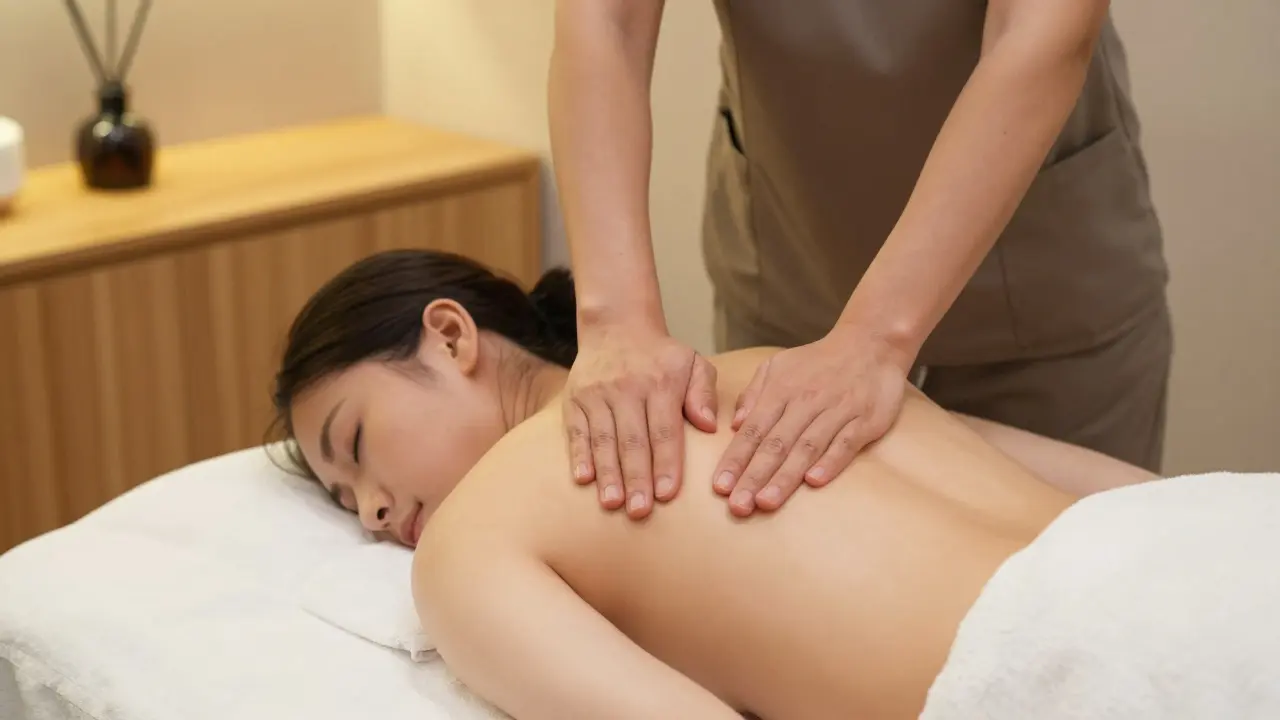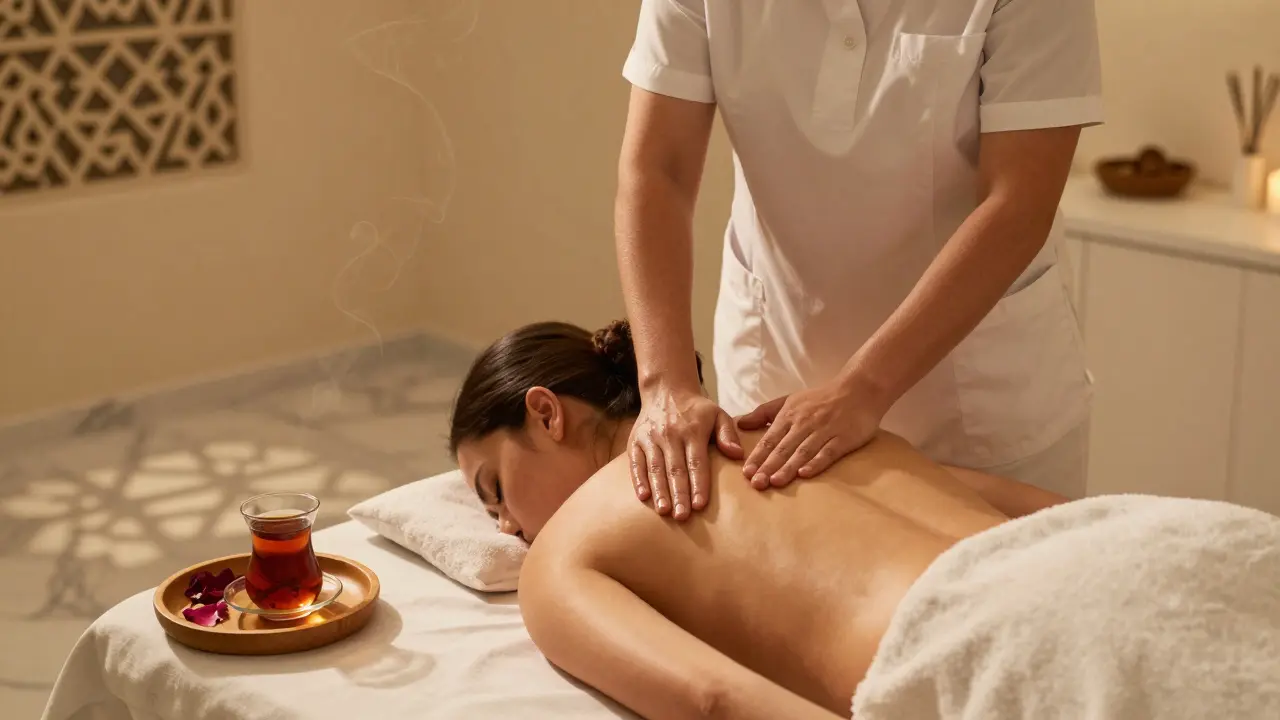Exfoliation: Your Path to Fresh, Glowing Skin
When talking about Exfoliation, the process of removing dead skin cells to reveal smoother, brighter skin underneath. Also known as deep skin cleaning, it plays a key role in skin renewal, the natural cycle where fresh skin replaces old, dull cells and can be enhanced with a body scrub, a physical exfoliation method using abrasive particles to polish the skin’s surface. When done right, exfoliation reduces texture, improves product absorption, and boosts confidence.
But exfoliation isn’t a one‑size‑fits‑all. It comes in two main flavors: physical and chemical. Physical methods include body scrubs, brushes, or exfoliating gloves, while chemical approaches rely on acids like glycolic or salicylic to dissolve bonds between dead cells. A popular chemical option is the chemical peel, a treatment that applies a controlled acid solution to accelerate skin turnover. Knowing which route suits your skin type, sensitivity level, and goals is essential—there’s no point in over‑scrubbing or using a strong peel if you have delicate skin.
How Exfoliation Connects to Everyday Spa Practices
In a Dubai spa, exfoliation often starts a treatment journey. Therapists might begin with a warm towel wrap to soften the outer layer, followed by a targeted body scrub to lift away rough patches. After rinsing, a gentle serum or moisturizer locks in the newfound smoothness. For those seeking deeper results, a chemical peel can be scheduled a few days later, allowing the skin to fully recover while still benefiting from the prior physical exfoliation. This sequence shows how exfoliation integrates with broader spa treatment, a curated set of services designed to relax, rejuvenate, and improve skin health plans.
Exfoliation also influences other spa experiences. A well‑exfoliated skin surface improves the effectiveness of massage oils, as the products penetrate more evenly. It can make a Vichy shower feel more refreshing, because the water droplets glide over a smoother canvas. Even aromatherapy benefits from better absorption when dead cells are cleared away. These subtle connections demonstrate that exfoliation isn’t just an isolated step—it shapes the entire wellness routine.
Safety matters, too. Over‑exfoliating can lead to irritation, redness, or compromised skin barrier. Experts recommend limiting abrasive scrubs to 1–2 times a week for most skin types, while chemical peels might be spaced 4–6 weeks apart, depending on strength. Always patch‑test new products, keep moisture levels high, and protect freshly exfoliated skin with sunscreen. Listening to your skin’s feedback ensures you reap the benefits without the downsides.
Choosing the right exfoliation method also depends on personal preferences. Some love the tactile feel of a sugar or salt scrub, enjoying the mini‑massage it provides. Others prefer the low‑effort, overnight glow of a gentle glycolic lotion. For those with acne‑prone skin, salicylic‑based chemical exfoliants can unclog pores without aggressive rubbing. The key is aligning the technique with your skin’s needs, lifestyle, and any existing conditions.
When booking a spa session in Dubai, ask your therapist about their exfoliation protocol. A good professional will assess your skin, discuss any sensitivities, and suggest either a physical scrub, a chemical peel, or a blend of both. They’ll also explain post‑treatment care, such as avoiding direct sunlight and using soothing moisturizers, to maximize results. This conversation turns a routine service into a personalized skin‑care strategy.
Below you’ll find a curated list of articles that dive deeper into spa etiquette, treatment specifics, and practical tips. Whether you’re curious about the best time to exfoliate, how to choose a body scrub, or the science behind chemical peels, the collection offers clear, actionable insights to help you make informed decisions for your next spa visit.

